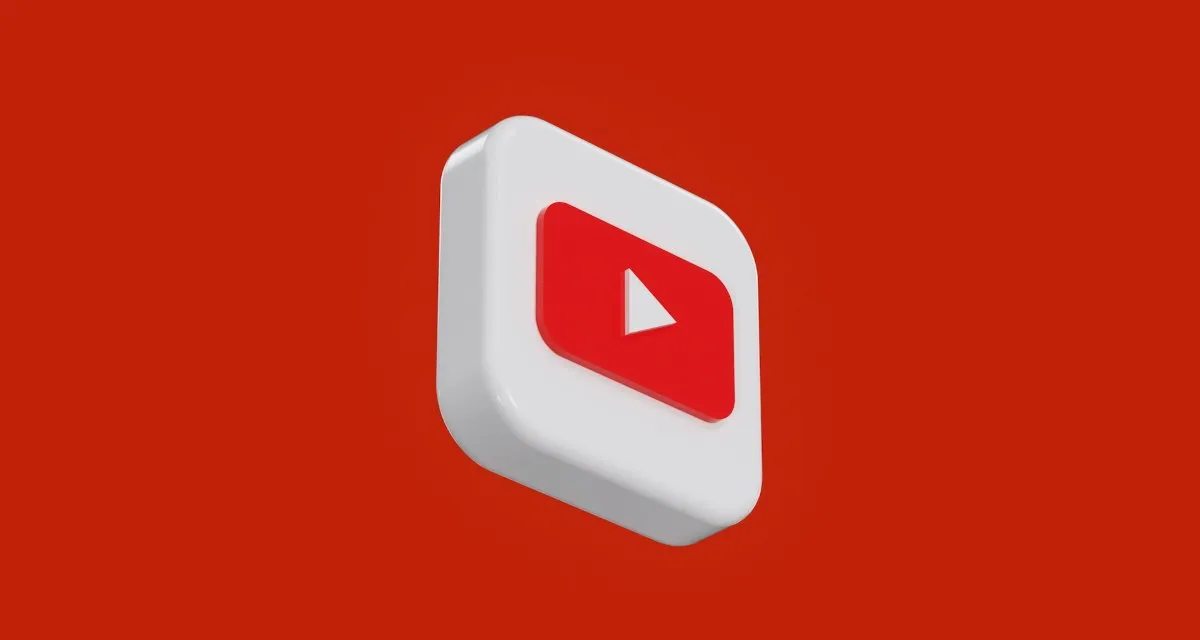YouTube Content ID payouts crossed the $12 billion mark in December 2024, according to a new report. Photo Credit: ilgmyzin
The multibillion-dollar figure emerged in the video platform’s newly released “YouTube Copyright Transparency Report.” As laid out in the concise document, the sum reflects advert “revenue paid to rightsholders as of December 2024 from content claimed and monetized through Content ID.”
As a whole, YouTube indicated that these rightsholders (Content ID is said to have “over 7,700 partners”) in 2024 “chose to monetize over 90% of all Content ID claims.” And while the IP owners don’t solely deal in music, it’s safe to say that a significant portion of the monetization stemmed from songs.
“Over 99% of Content ID claims made in 2024 were made through automated detection,” YouTube added, “with partners’ usage of manual options being exceedingly rare (fewer than 0.5% of total claims).”
A substantial piece of that payout pie – including both ad revenue and contributions from the aforementioned Music and Premium subs – presumably reached the music world as well.
With all that said, on an individual basis as opposed to a top-level view, one needn’t look hard to find compensation criticism of YouTube, which has long faced complaints pertaining to its per-view rates. And specifically in the music arena, the Google-owned platform has grappled with musician-spearheaded litigation centering on Content ID accessibility qualms.
(“Smaller, independent creators who do not meet the eligibility criteria for Content ID can still access these features through a number of service providers,” YouTube wrote in the report, perhaps with previous courtroom confrontations in mind.)
In the bigger picture, the data underscores that Spotify, despite its reach and comparatively robust subscriber base, certainly isn’t the only music-monetization player in town.
Keeping the focus on advertising, YouTube ad revenue growth (10.3% year over year to $8.9 billion) once again outpaced its Spotify counterpart (up about 8% year over year to $475.3 million) during Q1 2025.
There are several factors (some adjacent to the music space) at play here – with Spotify’s ongoing video buildout and advertising recalibration worth keeping in mind. Taken as a whole, though, the numbers seemingly attest to YouTube’s inherently advantageous positioning in a video-crazed entertainment landscape.
Share on:
You must be logged in to post a comment.
